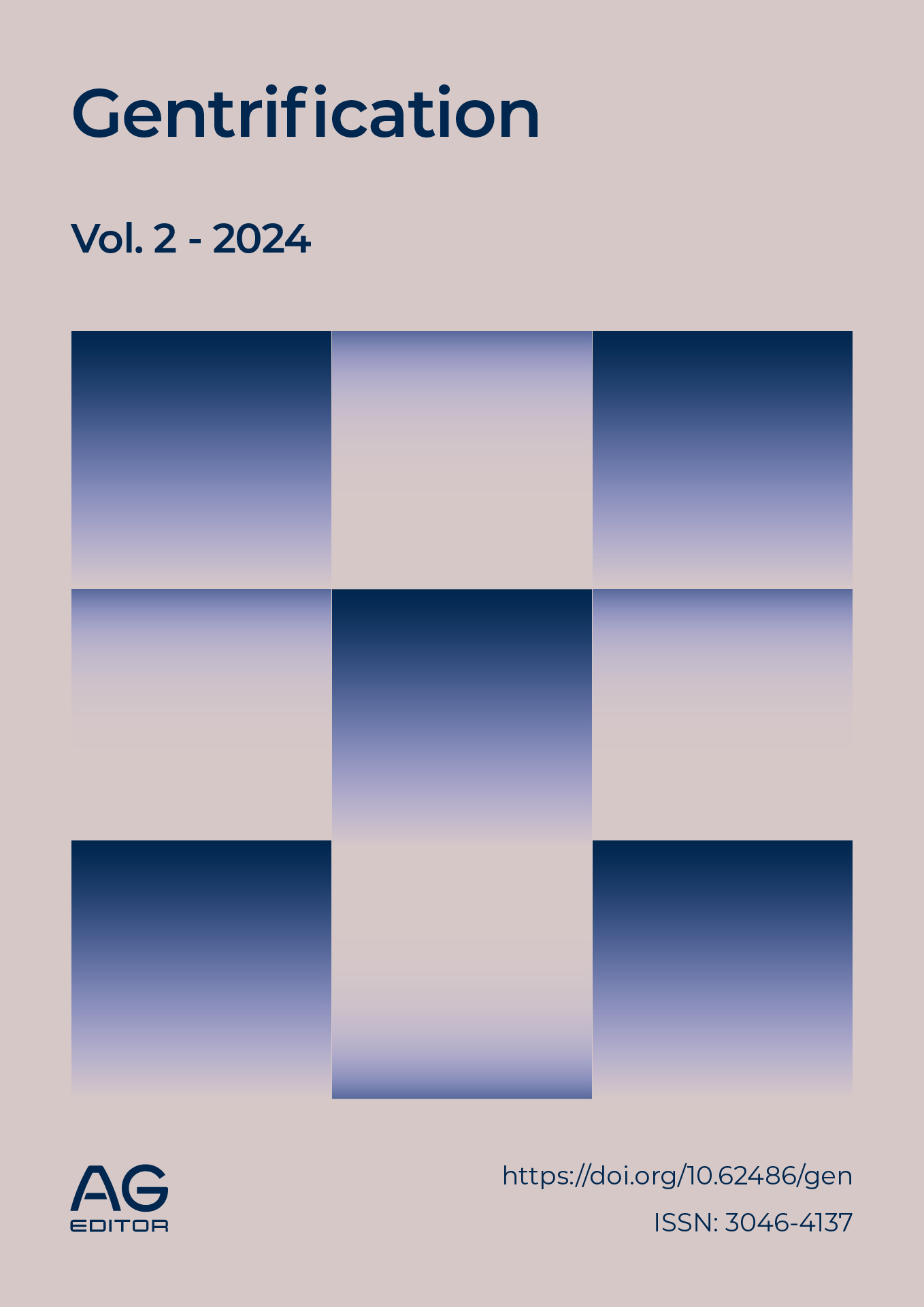The cultural identity and urban values of the Wayku neighborhood in Lama
DOI:
https://doi.org/10.62486/gen202488Keywords:
Urban Environment, Conservation, Real Estate, Architectural StylesAbstract
Introduction: the majestic setting of the urban area surrounding public spaces has an urban planning value that is fundamental to the identity of a place and must be preserved in whole or in part.
Objective: to characterize the cultural identity and urban planning values of the Wayku neighborhood in Lama.
Method: a non-experimental, observational, descriptive, and cross-sectional study was conducted. A population of 8,883 inhabitants was defined in that area. The sample for the analytical study is composed of 211 community residents, both men and women. The study is based on accurate and rigorous information, in accordance with the standards of scientific and research methods.
Results: 158 people prioritize craftmaking as their primary cultural activity in the neighborhood 52 %, and 179 residents 59 % maintain their homes as such. It was also identified that 195 homes are brick, making up 33 % of the total; 285 homes 61 % have mud masonry walls; 290 homes 55 % are in fair condition; 425 homes are maintained every 5 years; most of the homes are in poor condition, with approximately 310 buildings.
Conclusions: It can be inferred that the main problem identified is the lack of interest that owners show in their monumental homes and their limited commitment to continuing to preserve ancestral materials despite being a highly touristic location in the region.
References
Fasabi Satalaya L, Tuanama Ordoñez A. Causas socioculturales que determinan la pérdida de identidad cultural en el centro poblado comunidad nativa Kechwa wayku-Lamas, San Martín. ALICIA 2014. https://alicia.concytec.gob.pe/vufind/Record/UNSM_9bcce3d2b9cbd0063757f84f29b3e8a3.
Molano L. Identidad cultural un concepto que evoluciona. Redalyc 2007. https://www.redalyc.org/pdf/675/67500705.pdf.
Chaparro M. Patrimonio cultural tangible Retos y estrategias de gestión. Scalahed 2018. https://gc.scalahed.com/recursos/files/r161r/w25416w/ec501.pdf.
Muñoz M. DETERMINACIÓN DE LOS VALORES URBANÍSTICOS DEL REPARTO VISTA ALEGRE EN SANTIAGO DE CUBA. Redalyc 2008. https://www.redalyc.org/pdf/1813/Resumenes/Resumen_181320254006_1.pdf.
Carrion F. ¿Existen los barrios periféricos en Quito? FlacsoAndes 2008. https://www.flacsoandes.edu.ec/agora/existen-los-barrios-perifericos-en-quito.
Salge Ferro M, Puccini Montoya A. Las sinécdoques del patrimonio vivo del centro histórico de Bogotá. UNICOLMAYOR 2021. https://revistas.universidadmayor.edu.co/index.php/tabularasa/article/view/1970.
Castillo N. La trata negrera, sus redes mercantiles portuguesas y estrategias de negocios en Nueva España durante el siglo XVII: una visión comparada, Trashumante. Revista Americana de Historia Social 2017. https://doi.org/doi.org/10.17533/udea.trahs.n10a07.
Barcia Moreira M. El Catálogo de Protecciones como figura normativa para la protección del patrimonio arquitectónico del Centro Histórico de Portoviejo. RiuNet 2020. https://riunet.upv.es/entities/publication/be6ad54c-363f-409a-b64c-4ae6c820b557.
Juca Freire A. Gobernanza del patrimonio. Desafíos de una comunidad impulsada por su patrimonio. SCIELO 2021. http://scielo.senescyt.gob.ec/scielo.php?script=sci_arttext&pid=S1390-92742021000100063.
Murcia Ijjasz I. Montevideo narrada desde boliches y cocinas. SCIELO 2012. http://www.scielo.org.co/scielo.php?pid=S1657-97632012000100011&script=sci_arttext.
Gallardo Frías L. Propuestas para vincular la ciudad y sus habitantes con lugares de arte contemporáneo. SCIELO 2021. http://scielo.senescyt.gob.ec/scielo.php?script=sci_arttext&pid=S1390-92742021000200147.
Mendoza Ontiveros M, Hernández Espinosa R, Ruiz Conde M. Patrimonio y construcción social: una reflexión en torno a Teotihuacan, México. SCIELO 2023. https://www.scielo.org.mx/scielo.php?pid=S1665-80272023000100104&script=sci_arttext.
Montecelli A, Yuln M, Carrizo M. El patrimonio ferroviario, un vehículo para la valoración del territorio Rehabilitación y re-funcionalización de talleres en el Noroeste de la Provincia de Buenos Aires. PasosOnline 2017. https://www.pasosonline.org/Publicados/15417/PASOS54.pdf#page=123.
Maldonado Flores D. La clasificación: una herramienta para la inclusión vivienda vernácula urbana en el universo arquitectónico. SCIELO 2009. https://www.scielo.cl/scielo.php?pid=S0718-83582009000200004&script=sci_arttext.
Published
Issue
Section
License
Copyright (c) 2024 Erick Paolo Pérez Núñez, Katty Marilyn Alegría Lazo (Author)

This work is licensed under a Creative Commons Attribution 4.0 International License.
The article is distributed under the Creative Commons Attribution 4.0 License. Unless otherwise stated, associated published material is distributed under the same licence.






